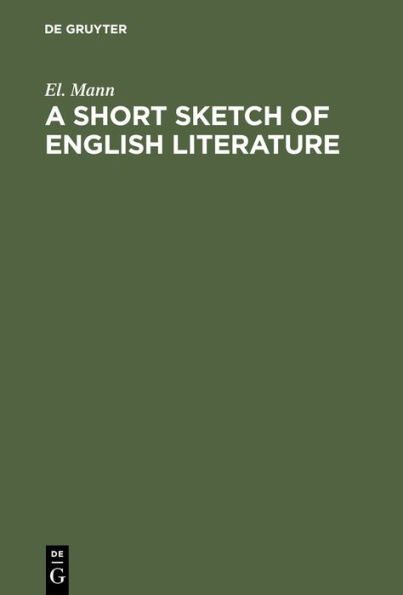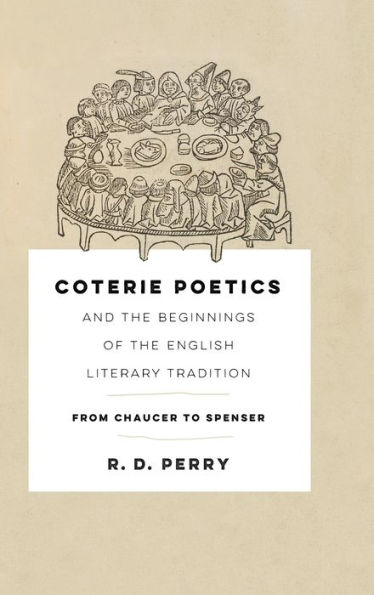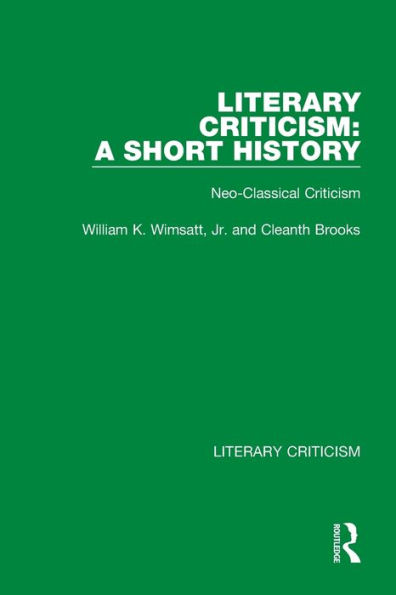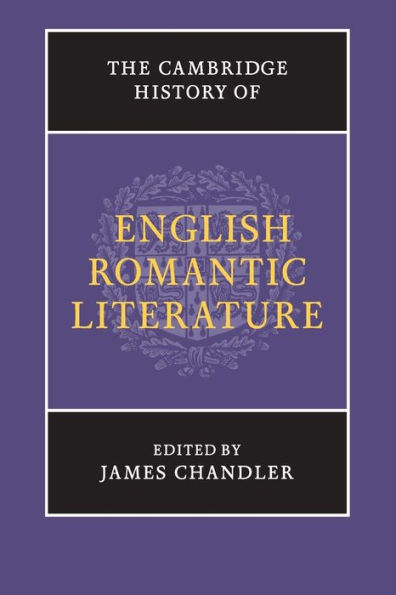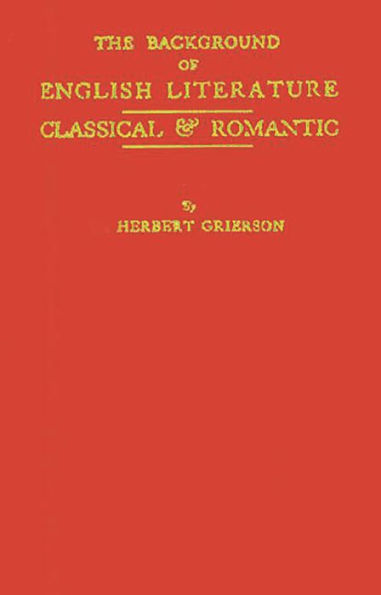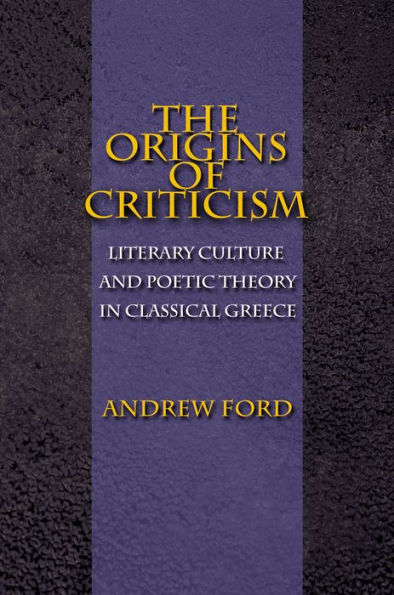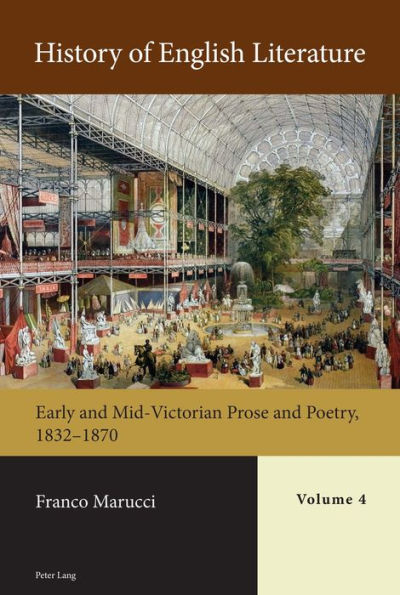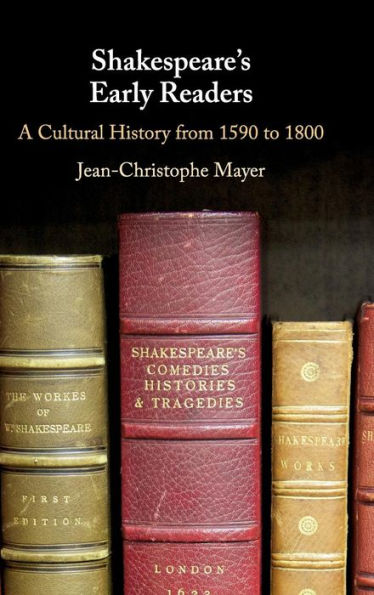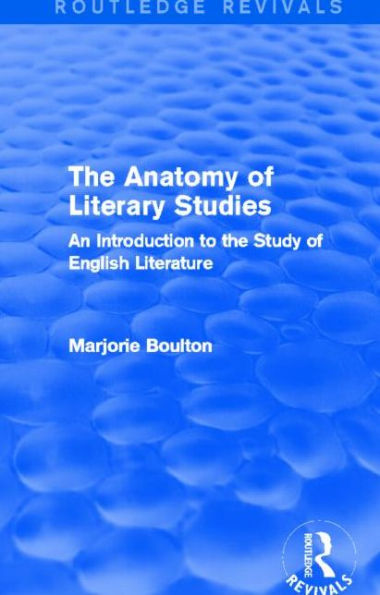Home
The Rise of Classical English Criticism: A History of the Canons of English Literary Taste and Rhetorical Doctrine:From the Beginning of English Criticism to the Death of Dryden
Barnes and Noble
The Rise of Classical English Criticism: A History of the Canons of English Literary Taste and Rhetorical Doctrine:From the Beginning of English Criticism to the Death of Dryden
Current price: $6.99
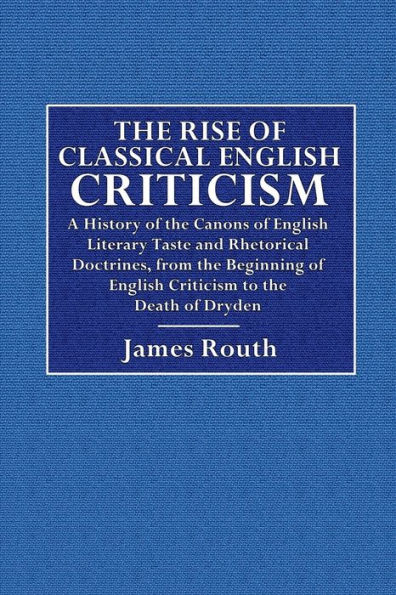

Barnes and Noble
The Rise of Classical English Criticism: A History of the Canons of English Literary Taste and Rhetorical Doctrine:From the Beginning of English Criticism to the Death of Dryden
Current price: $6.99
Size: OS
Loading Inventory...
*Product information may vary - to confirm product availability, pricing, shipping and return information please contact Barnes and Noble
This book traces the "history of the canons of English literary taste and rhetorical doctrines, from the beginning of English criticism to the death of Dryden." In order to set definite limits to his work, the author defines the science of criticism as "the science of rhetoric in its largest sense"; and "the history of criticism is the history of rhetorical principles as they have changed from century to century, and grown in changing." The subject is treated in the following chapters: The Rule of Law, The Purpose of Literary Art, Types of Literature, Materials Suitable for Literature, Style, Verse Technique. Professor Routh has read widely and judiciously and makes his conclusions with discrimination and critical insight.
–The Sewanee Review, Volume 23 [1915]
In "The Rise of Classical English Criticism" (Tulane University Press), James Routh, Ph.D., the author, reduces to various heads the critical sayings of English writers, prior to Dryden, principally Elizabethan. The technical nature of the matter makes the book valuable only for special students, and will not appeal to the general reader. The author approaches the subject in a logical way, defining what he understands by the science and history of criticism, and then advancing the theories and practices of our earlier critics, under different captions, viz.: the Rule of Law, the Purposes of Literary Art, Types of Literature, Materials for Literature, Style, concluding with a chapter on Verse Technique. In this way, while echoing Saintsbury, Gregory Smith, Ker and Spingarn, he pushes on a step in ordering the necessarily vague masses of material. An index would improve the book for the purposes intended.
–America, Vol. 14 [1916]


